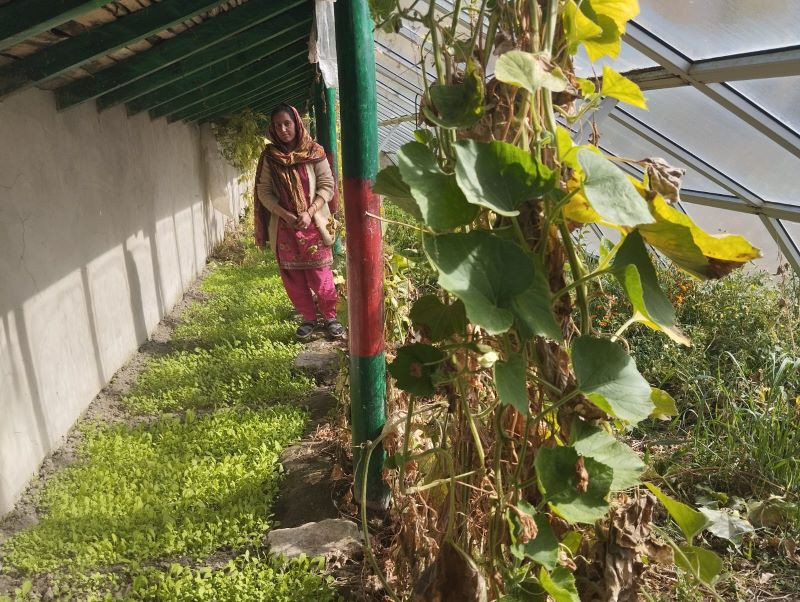In a remote village of Pakistan Mustaqeem Khan has cultivated a success story that transcends his rugged surroundings. Using a passive solar greenhouse, he has turned the unforgiving winters into a season of plenty.
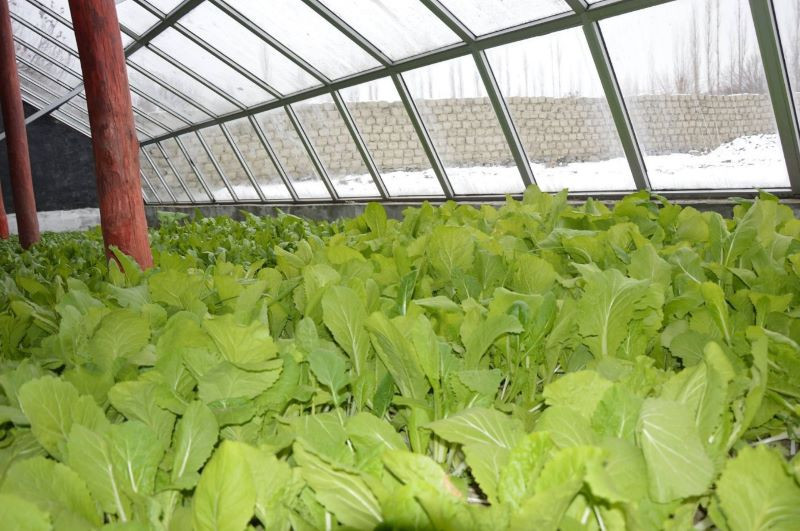 “This greenhouse is more than just a structure; it’s a lifeline,” Mustaqeem says as he tends to rows of spinach, tomatoes, cucumber and seedlings thriving within the greenhouse’s warm interior. Mustaqeem is not alone in embracing the greenhouse revolution as similar initiatives have inspired other transformations.
“This greenhouse is more than just a structure; it’s a lifeline,” Mustaqeem says as he tends to rows of spinach, tomatoes, cucumber and seedlings thriving within the greenhouse’s warm interior. Mustaqeem is not alone in embracing the greenhouse revolution as similar initiatives have inspired other transformations.
Zargar Ali’s story demonstrates how these initiatives can elevate entire families to prosperity. Starting in the early 2009 with a single greenhouse, Zargar experimented with tomatoes, cucumbers, and other vegetables . Over time, he perfected his techniques, expanded his operations, and built a thriving fruit business from the greenhouse revenue that has made him a millionaire in just a decade and a half.
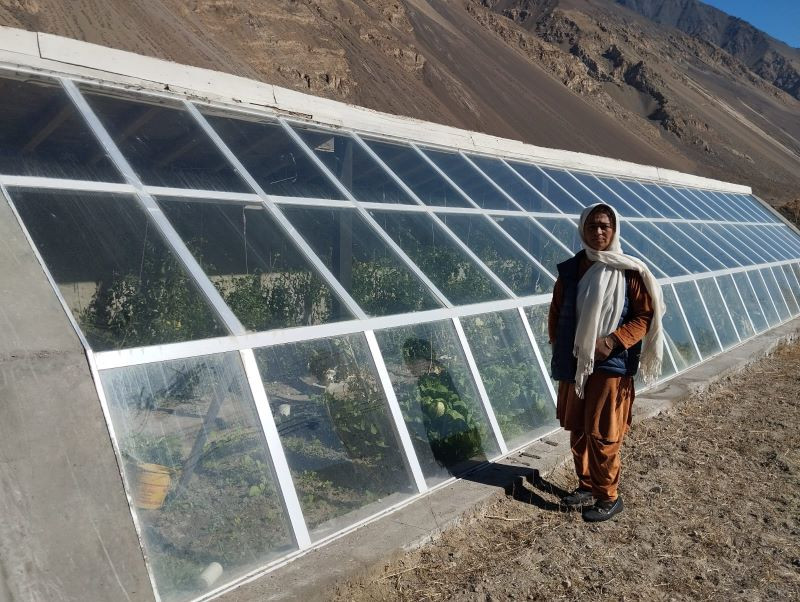 Zargar’s family, including his wife and children, is now fully involved in the enterprise, managing greenhouses, marketing produce, and exploring new avenues in value-added products such as dried fruits and juices. “It started with a small idea, but today, we’re exporting our fruits to major markets in the country,” Zargar says with pride. “The greenhouse is not just a business for us,” Zargar’s wife remarks. “It’s a way of giving back to our community and showing what’s possible with hard work and innovation.”
Zargar’s family, including his wife and children, is now fully involved in the enterprise, managing greenhouses, marketing produce, and exploring new avenues in value-added products such as dried fruits and juices. “It started with a small idea, but today, we’re exporting our fruits to major markets in the country,” Zargar says with pride. “The greenhouse is not just a business for us,” Zargar’s wife remarks. “It’s a way of giving back to our community and showing what’s possible with hard work and innovation.”
These successes are emblematic of a broader agricultural transformation with over 500 farmers establishing passive solar greenhouses, enabling them to grow fresh produce year-round, enhancing food security, and creating sustainable livelihoods.
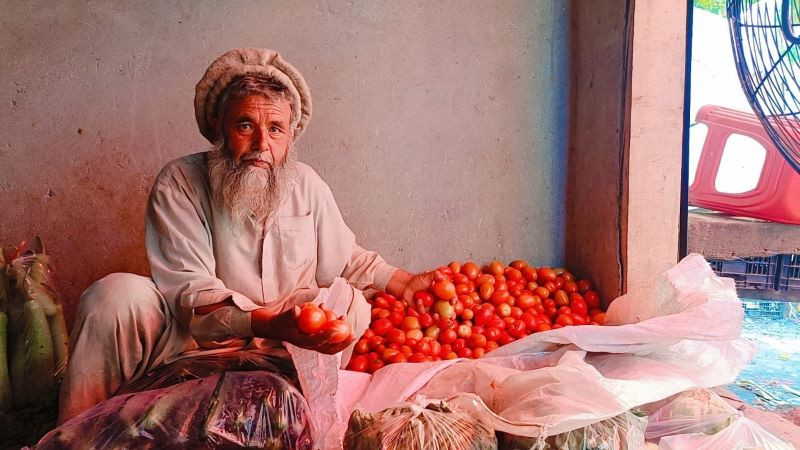 “These greenhouses are a testament to what’s possible, and that should be told in the COP29,” stated professor Dr Ahmed. “They show how climate-resilient practices can not only safeguard livelihoods but also create new opportunities for economic growth.”
“These greenhouses are a testament to what’s possible, and that should be told in the COP29,” stated professor Dr Ahmed. “They show how climate-resilient practices can not only safeguard livelihoods but also create new opportunities for economic growth.”
The passive designs of these greenhouses are helping farmers build resilience to climate change by enabling year-round farming, reducing energy use, conserving water, and enhancing food security, while mitigating the effects of extreme weather patterns and temperature fluctuations.
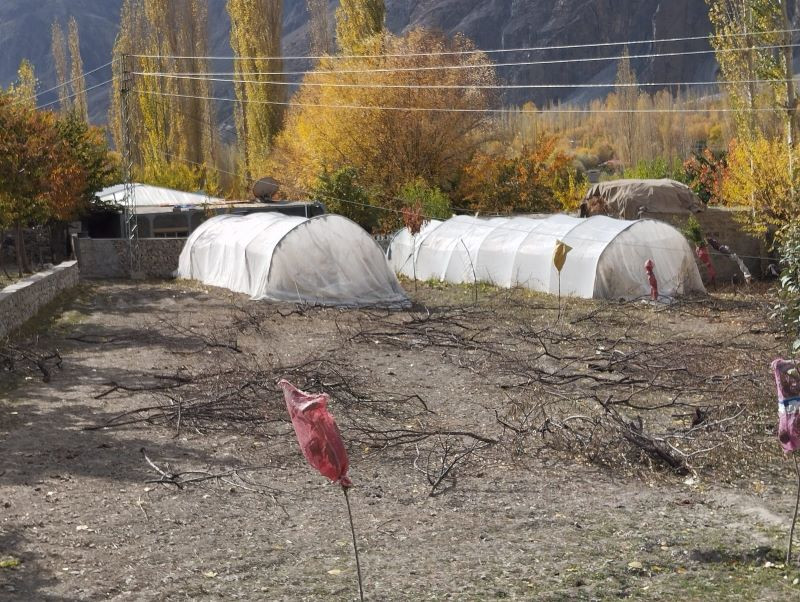 You can read the original article at tribune.com.pk
You can read the original article at tribune.com.pk

